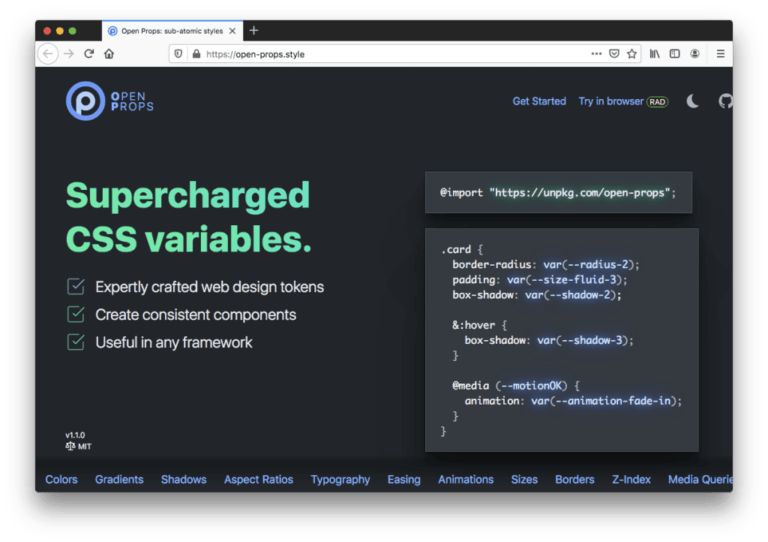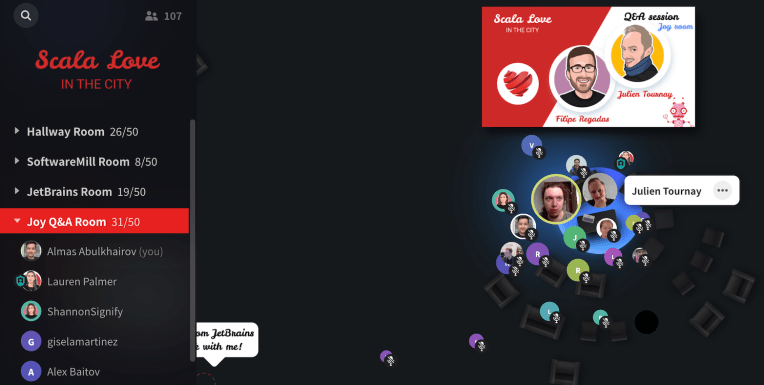
There are plenty of jobs listings lately — but have you actually tried applying? Despite a record number of open jobs in the United States, many people looking for work are having a hard time getting it.
To complicate matters, many of the jobs out there aren’t necessarily ones you want. Maybe they don’t pay enough, have poor benefits, or require you to put yourself in a dangerous situation where you could contract Covid-19.
The problem is a combination of hiring software that needlessly excludes completely hirable people and a corporate hiring process that, for a variety of reasons, isn’t always good at bringing in the right people for an interview.
While you can’t always outsmart an algorithm or a bloated corporate hiring system, there are some ways to give yourself an edge. We spoke with a number of job experts about how to navigate our current system in order to make your job search a little less awful:
- Be early. “If you aren’t one of the first 20 people to apply on LinkedIn, you’re probably not going to get seen,” J.T. O’Donnell, founder and CEO of Work It Daily, a career coaching platform, said.
- Scan LinkedIn to see which skills and certifications people in the job you want have. Make sure you list them if you have them or acquire them if you don’t. Don’t chase your own tail by applying to a job you’re unlikely to get.
- Don’t leave off skills, even if they seem basic. Are you proficient at Excel? List it. “Your odds of getting an interview and a job if you have a facility with Microsoft Office goes up hugely,” Fuller said.
- Don’t leave unexplained gaps. If you took a year off to write the Great American Novel, say so. Otherwise, it will look like you were doing nothing, and you might be screened out.
- Make sure your résumé, cover letter, and application match the job description. To some extent, this means using the same phrases in your application materials as you see in the listing, even if that can feel a little cheap. As Joseph Fuller, a management professor at Harvard Business School and co-author of a recent paper on the disconnect between employers and employees put it, “Being robotic is good if you’re talking to a robot.” That does not mean, however, that you should game the system and use terms that don’t actually apply to you, according to O’Donnell. Doing so, she says, can get you blacklisted.
- Show that you can handle change. Skills are changing faster than ever. Rather than learning every new technology, you might be better off explaining that in the past you’ve been good at picking up new software. That might include using words like “transformation,” “migration,” or “upgrade,” and really explaining how you handled change at other jobs. “What employers are looking for is agility,” said Tim Brackney, president and COO of the management consulting firm RGP. “If you can demonstrate that in your story, and pull those elements out when you’re in person, you have the best shot. “
- Get to a human. Try to outsmart the algorithm, or try to actually get in touch with someone who works at the company. That way, you’ll at least have a shot to tell your story. O’Donnell said, “If you apply online because they say apply, you also have to work your back channels.”
- Rethink your priorities. O’Donnell tells her clients to create a list of the requirements they’re looking for in a new job — and often discovers that the list they make is too long. It’s one thing to not want to sell yourself short, it’s another to be so specific that you find absolutely nothing is the right fit. Her advice: Shorten your list to two or three things you really need.
- Keep the job you have. It’s easiest to get a job if you’ve got one. You automatically seem appropriate for a similar position, and you avoid gaps in your résumé.
Employers could get better at how they hire
Not being able to fill roles is a problem for employers, too, and there are a number of things employers can do to make sure they’re getting the talent they need (nearly three-quarters of employers say they are having difficulty attracting workers). So while we’re at it, some tips for companies looking to hire:
- Update and fix the criteria your AI is using. Rather than looking for people who have exactly the skills in the job description, look for those who have attributes similar to your best employees — those who are most productive or who’ve stayed with the company longest. This also means making sure your algorithm isn’t unnecessarily excluding huge swaths of candidates, including parents who’ve stepped out of the workforce to care for kids, people with criminal backgrounds, or those with gaps in their employment. Fuller has some in-depth suggestions on what to do in his report.
- Update job descriptions. Make sure job listings are up to date and that they focus on the core skills the person absolutely needs. This requires involving the person who’s directly supervising or working with the candidate to weigh in on what’s needed for the job.
- Relax education or other requirements. “Hire someone who hits seven out of 10 of your requirements, instead of 10 out of 10,” Indeed director of economic research Nick Bunker said. “Sometimes what they find out is that people can do the job quite well but don’t hit all of their high metrics.”
- Provide on-the-job training. Plenty of people could do the job if only they had a little instruction.






